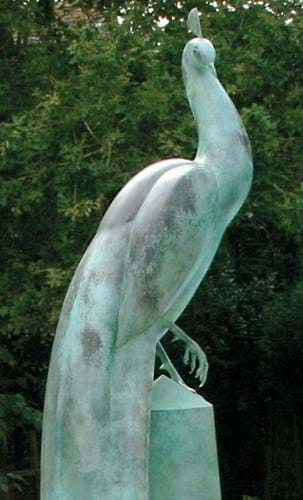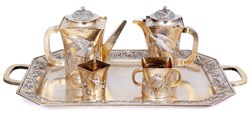
Bellotto fortress to stay at UK gallery
A painting by Canaletto’s nephew Bernardo Bellotto has been saved for the nation after being acquired by the National Gallery in London.
The c.1756 oil on canvas, The Fortress of Königstein from the North, was purchased for £11.67m.
The amount was raised with the help of a $6.5m contribution from the American Friends of the National Gallery, £3.5m from the National Gallery Trust and £550,000 from the Art Fund. A further £2.6m was raised with the help of donations from gifts and wills.
It was sold last year by the 19th Earl of Derby to a foreign buyer for £11m. The higher price paid by the gallery following the deferral of the export licence reflects the fall in sterling in the intervening period.
Norman Cornish forger told to pay £1
A man from Sunderland who forged the work of local artist Norman Cornish (1919-2014) has been ordered to repay £1.
Richard Pearson was jailed for three years and seven months in January after admitting in November 2016 to nine charges linked to the forgery.
During a proceeds of crime hearing this week at Newcastle Crown Court it was revealed Pearson had no assets.
According to court reports, the prosecution said: “The total benefit figure, which is not disputed, is the sum of £31,650… A financial investigator has made inquiries and had come to the conclusion there are no available assets.”
Tech hiccup downs museum database
The British Museum’s Collection Online database is back up and running after a technical glitch forced it out of action this month. The database, containing more than 2.3m records representing 4m objects with millions of images, is used by researchers, dealers, historians and students.
The system began experiencing issues on August 8.
Clubs strike it hot in Scottish auction
Good old-fashioned auction drama gripped the Elgin Auction Centre in Morayshire on August 23 when two lots of loosely catalogued tribal clubs sold to online bidders for a combined £46,500.
The items, setting a new house record for the firm, were part of a 600-lot sale comprising the contents of a farmhouse in Aberdeenshire. Family history suggests a descendant was well-travelled in the late Victorian era.
One lot catalogued simply as ʻtwo wooden clubs’ comprised two classic Fijian hardwood war clubs: an ula with carved decoration and a waka inlaid with both geometric carving and marine ivory inlay.
Together the clubs sold via thesaleroom.com to a buyer in Switzerland for £19,000.
Another lot comprising six ʻAfrican spears and clubs’ was identified by the dealing and collecting community as including chip-carved examples from Tonga and others from the Austral Islands – among the most common survivors of Polynesian art.
The group sold as a single lot at £27,500 to an online buyer from France.
Most read
The most clicked-on stories for week August 17-23 on antiquestradegazette.com
1 “I am Jack the Ripper”: Victorian postcard offered at auction
2 BBC’s Fake or Fortune? uncovers £2m Constable sketch after it “slipped through the fingers” of dealer Philip Mould
3 Mysterious Iron Age find at Hansons’ sale
4 Sotheby’s scraps buyer’s premium fee for online-only sales
5 A bevy of bovines: Huge collection of silver cow creamers
‘Bruce’ seal stopped
Culture minister John Glen has placed a temporary export bar on a Scottish two-part seal matrix linked with Robert the Bruce.
The matrices are due to be exported from the UK after their sale to a US buyer at TimeLine Auctions in December 2014 for £125,000 (£151,250 with premium).
The front is engraved with St Margaret, Dunfermline Abbey’s founding saint, and the reverse bears the royal arms of Scotland.
It carries an inscription that translates as ʻRobert, by the Grace of God, King of the Scots’.
It is thought that the seal matrix pair could date back to the reign of Robert I (1306-29), although some experts believe it could be a later replica of a lost original from the late Middle Ages.
In Numbers
$4.8bn
The size of the auction market in China in 2016 according to the recent Global Chinese Art Auction Market Report – an increase of 7% on the previous year. However, the report later concedes that the number may be misleading: only 51% of ‘sold’ lots were paid for.














